A Month in Mombasa: My Unforgettable Travel Story
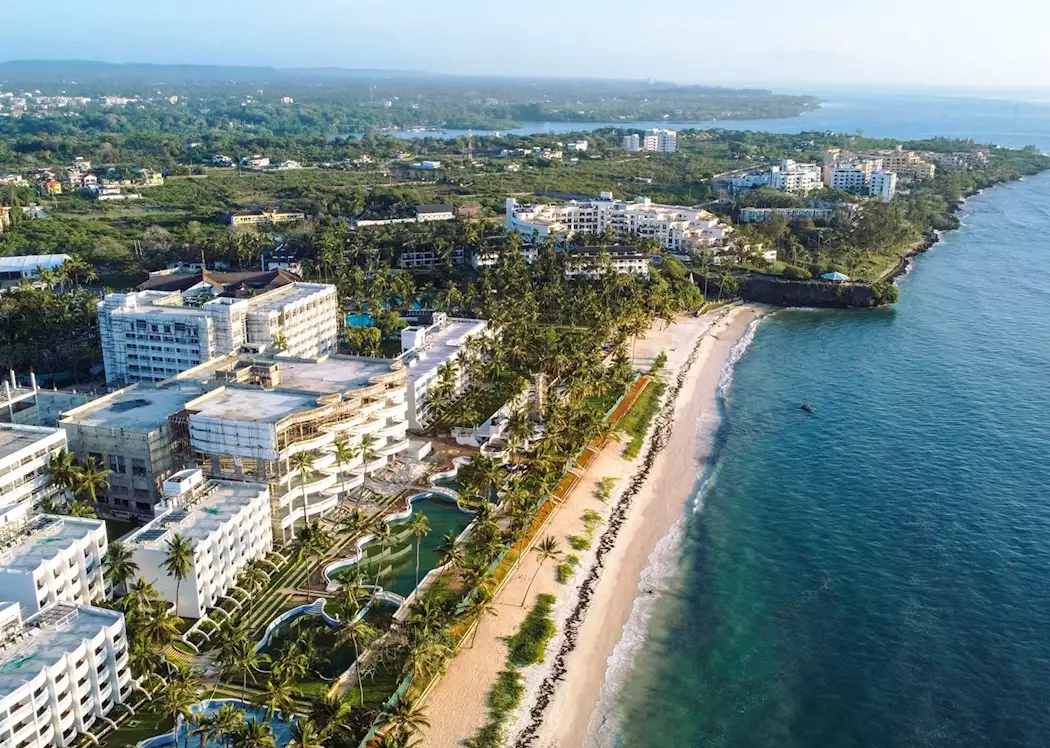
When I first planned my Mombasa travel, I imagined white-sand beaches, palm trees, and ocean breezes. What I didn’t expect was how deeply this city would touch my heart: its rhythm, warmth, and endless surprises. Mombasa isn’t just a coastal destination; it’s a living, breathing tapestry of cultures, flavors, and stories. Spending a month here wasn’t just a vacation. It was an immersion into laughter, late-night dances, ferry rides, and friendships I never saw coming.
From Nyali Beach’s golden mornings to Diani’s electric nights, every day revealed something new. Mombasa travel, I discovered, isn’t about checking destinations off a list; it’s about feeling the pulse of a city that moves with the tide.
Disclaimer: This article is not sponsored or affiliated with any of the hotels, resorts, service providers, or attractions mentioned. All references are provided solely for informational and editorial purposes based on the author’s personal experience. We do not receive any payment or commission for including them.
Finding My Rhythm in Mombasa
Learning the Coast’s Pace
The first few days were a lesson in slowing down. Life in Mombasa runs to its own rhythm; softer, warmer, and beautifully unhurried. I stayed near the ocean, where the air smelled of salt and the mornings began with the sound of waves brushing the shore.
At first, the pace felt strange, almost too calm. But by the third day, I found myself syncing with it: long breakfasts by the beach, barefoot walks on sand still cool from dawn, and spontaneous chats with strangers who felt like old friends. Mombasa, I realized, isn’t a place you rush through. It’s a place that asks you to breathe.
Mistaken Identity and My Swahili Advantage
One of the most amusing parts of my Mombasa travel was being mistaken for Somali, almost everywhere I went. The guesses came with friendly smiles and “Umetoka wapi?” (“Where are you from?”), which always led to laughter once I replied in Swahili. Speaking the local language changed everything. It opened doors, sparked genuine conversations, and gave me a sense of belonging even as a solo traveler.
Every “Asante sana” and “Karibu tena” felt like music. And for once, blending in made me feel freer, like I wasn’t just visiting, but living here.

Beaches, Adventures, and New Friendships
Weekends at Bamburi Beach Hotel: Sun, Music, and Jet Skis
Bamburi Beach became my first weekend escape. My friend and I spent an entire day there, jet skiing across the turquoise waves, lounging under parasols, and watching the sun melt into the sea. As night fell, the hotel hosted an outdoor dance performance, the rhythm of drums echoing over the beach.
The dancers, dressed in vibrant coastal attire, invited the crowd to join in. I hesitated until my friend pulled me in. Soon we were dancing barefoot in the sand, laughter mixing with the ocean breeze. That night, I understood why Mombasa is called the “soul of the coast.” It dances even after dark.
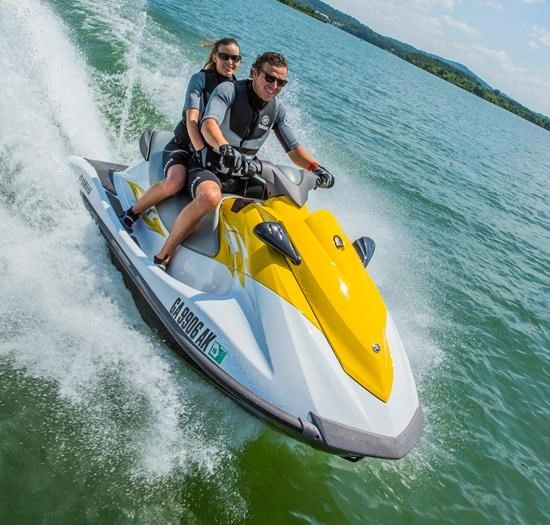
Shelly Beach and Qwetu Resort: Mombasa’s Social Shore
Shelly Beach was a contrast: raw, lively, and wonderfully public. It’s the kind of place where groups gather for photos, locals play music from car speakers, and the laughter of children mixes with the sound of crashing waves. I joined a few group games, took hundreds of photos, and left with a sunburn that felt like a souvenir.
Later, I visited Qwetu Beach Resort, just nearby. It was quieter, serene, perfect for slow mornings and solo reflections. The sea was calmer here, and so was I.
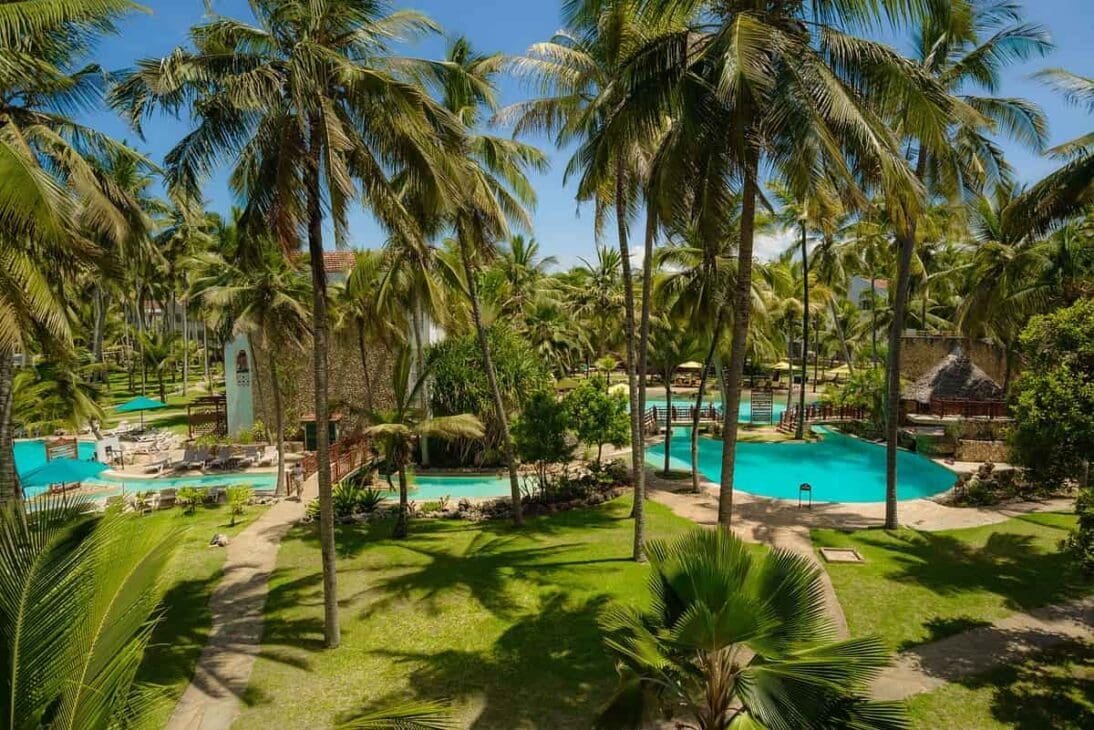
Diani Reef Resort and Spa: The Perfect Coastal Indulgence
My Mombasa travel adventure wouldn’t have been complete without Diani. At Diani Reef Beach Resort and Spa, luxury met playfulness. The swimming pool stretched toward the ocean, and the pool bar kept everyone in high spirits. We played volleyball in the water, rode camels along the shore, and even tried flyboarding, an experience that left me half thrilled, half terrified.
When night came, music filled the air. Guests danced freely under the palm trees, and I realized Diani isn’t just a beach; it’s a mood.
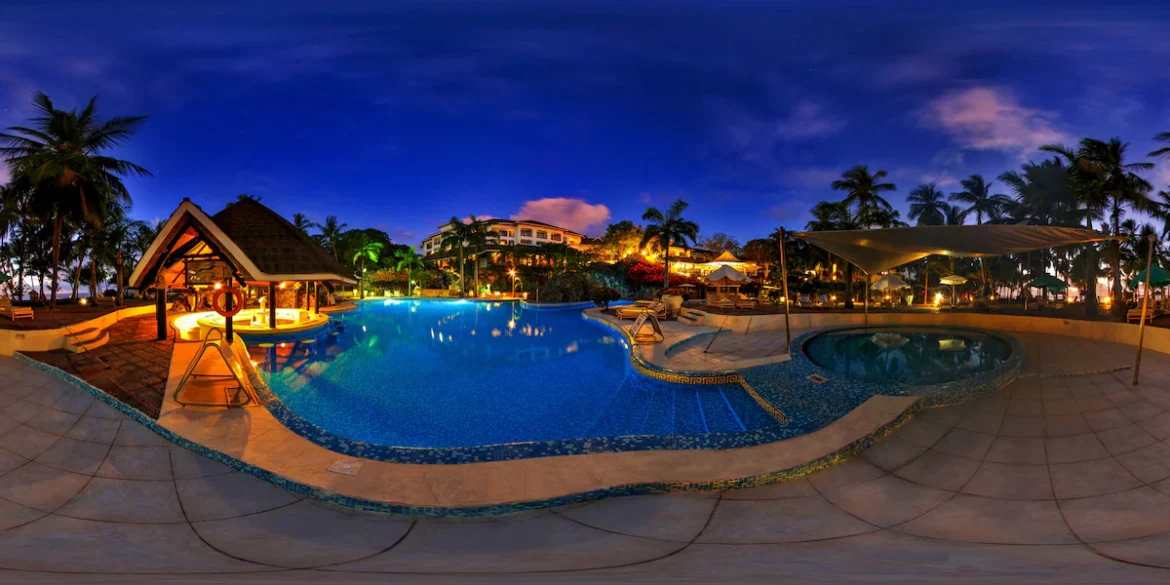
Nyali Beach and Reef Hotel: Energy, Music, and the Moonlit Sea
Nyali Beach became my go-to spot. It’s easily accessible and always alive. I’d swim until sunset, then head to the Reef Hotel, one of the grandest in Mombasa. The Moonshine Beach Bar was my favorite corner with its dim lights, a soft sea breeze, and a Congolese band performing live.
I met travelers, families, and locals who came for the music but stayed for the atmosphere. Nearby, Tanga Beach Bar offered a more laid-back vibe, laughter, family gatherings, and easy tunes that carried through the night.
Cultural and Culinary Adventures
Royal Kizingu House: Where Food Meets Heritage
One afternoon, I found myself at The Royal Kizingu House, tucked away in old Mombasa. The space radiated charm, carved Swahili furniture, incense smoke curling in the air, and a menu that felt like a storybook of the coast.
I ordered a traditional Arab dish that arrived in a massive clay bowl, enough for three people. It was rich, aromatic, and beautifully spiced. The waiter smiled when I struggled to finish it. “Here, we eat with friends,” he said. And though I came alone, I left feeling full, not just with food, but with connection.
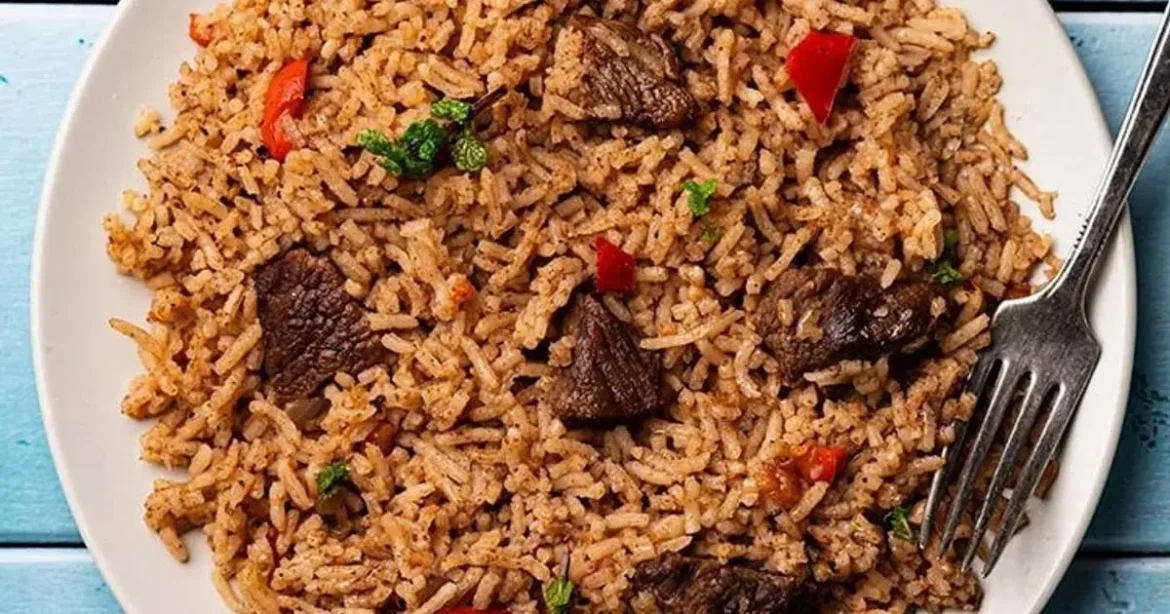
Mama Ngina Waterfront Park: Where the City Unwinds
Mama Ngina Waterfront Park was my go-to evening spot. It’s open, breezy, and full of life with families strolling, couples laughing, and music drifting from nearby cafés. My friends and I would grab drinks and watch ships sail in the distance as the city lights flickered behind us.
It’s where you realize that Mombasa isn’t just about beaches. It’s about moments of shared laughter, lazy sunsets, and the sense that time here never really rushes.

On the Water: Ferries, Kayaks, and Fort Jesus Views
The Daily Ferry Ride: My Link Between Worlds
For a month, the Likoni Ferry became part of my story. Every day we crossed to and from Kizingo, joining hundreds of others commuting by sea. The ferry wasn’t just transport; it was a slice of life. Vendors selling snacks, musicians performing, and the gentle rock of waves beneath your feet.
The view never got old with the blue horizon stretching endlessly, dhows gliding by, and Mombasa’s skyline fading in the distance.
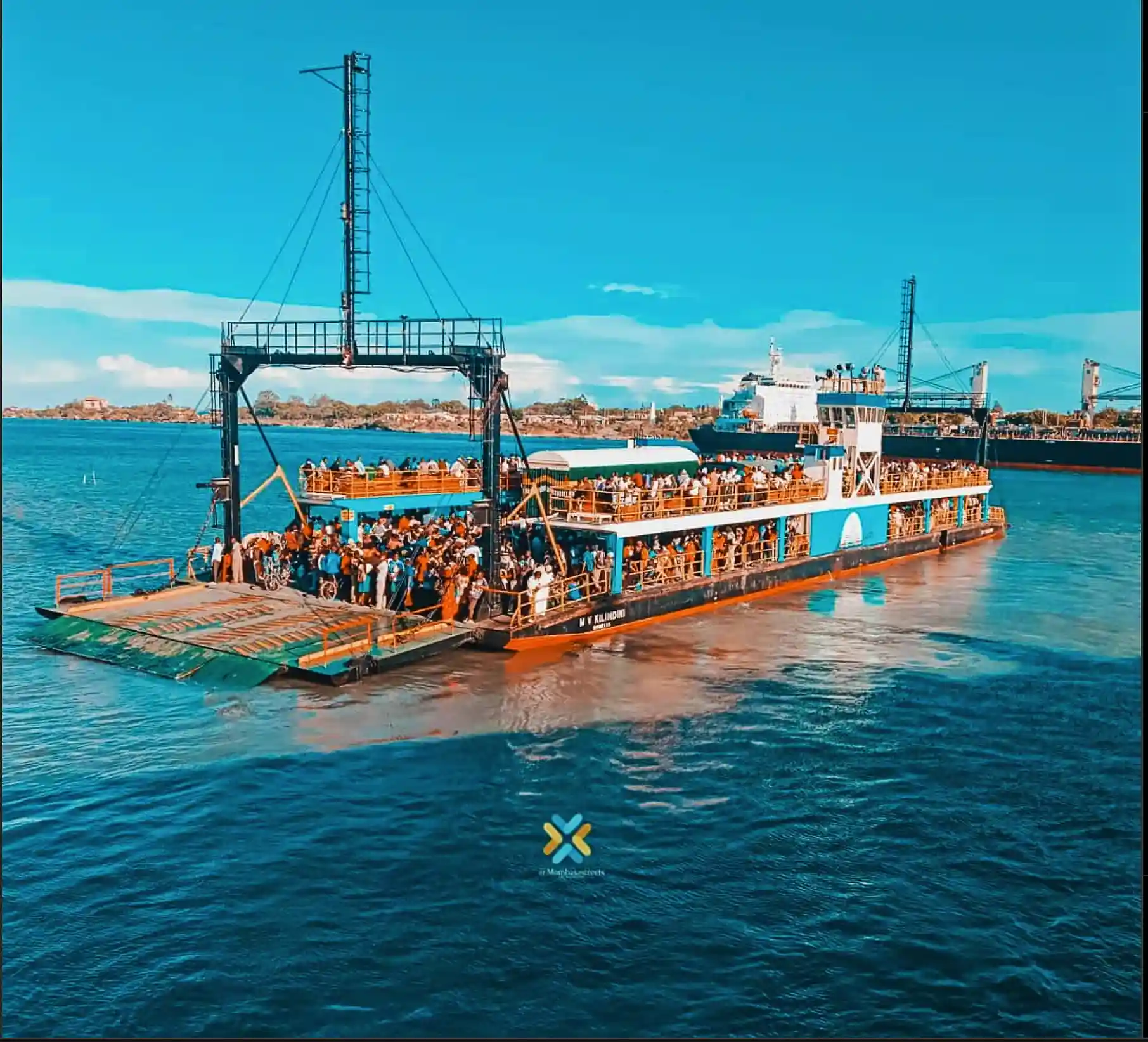
Tudor Water Sports Marina: Kayaking to Fort Jesus
If there’s one experience I’d recommend to anyone doing Mombasa travel, it’s kayaking from Tudor Water Sports Marina. We paddled across calm waters, laughing, racing each other toward the historic Fort Jesus. After docking, we dined at a nearby seaside restaurant before exploring the fort itself.
That night, the fort transformed into an open-air cinema. Watching a movie under the stars, surrounded by centuries of history, felt magical. Fort Jesus, a UNESCO World Heritage Site, is more than stone walls; it’s a reminder of the stories this coast has carried for generations.
Thrills and Play: Mombasa’s Fun Side
Mombasa Go-Kart and Paintball: From Strangers to Friends
In Shanzu, I found a different kind of thrill, the Mombasa Go-Kart center. What began as a solo outing turned into an unexpected friendship circle. Between paintball games, bull rides, zip-lining, and bowling, we laughed until our sides hurt.
Afterward, we unwound at the Plane Lounge, a quirky restaurant shaped like an aircraft. Sitting inside what felt like a parked plane, eating local seafood and talking with my new friends, I realized that travel is never really about places. It’s about people.
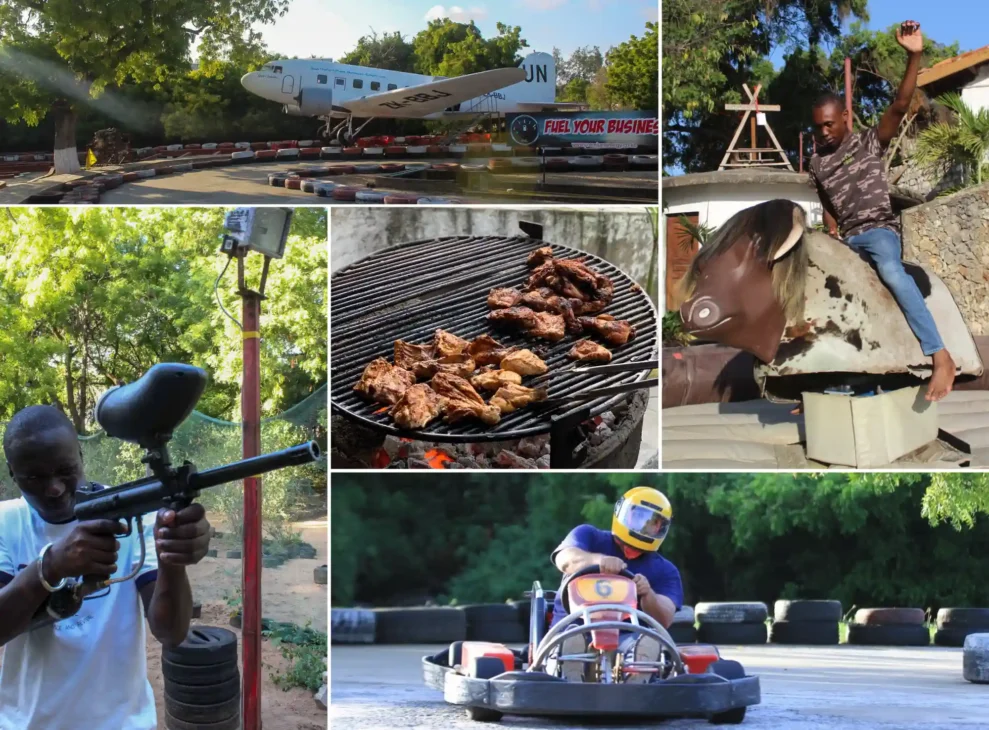
Hidden Corners and Unforgettable Escapes
Mombasa by Night: Volume, Casablanca, and Bellavista
Mombasa’s nightlife is a pulse all its own. Volume Club played Afro-house beats till dawn, Casablanca mixed elegance with energy, and Bellavista offered a rooftop view of city lights meeting ocean waves. Every night felt like a new chapter of my coastal adventure.
Malindi and Wasini Island: My Coastal Daydreams
My Mombasa travel journey took me north to Malindi for two days, a charming blend of Italian influence and Swahili culture. The highlight? Swimming with donkeys at the beach (yes, actual donkeys) and savoring the laid-back coastal vibe.
Further south, Wasini Island and the Water Marine Park introduced me to marine life that looked too colorful to be real, coral gardens, dolphins, and endless turquoise waters.

Haller Park and Butterfly Pavilion: Nature’s Calm
When I craved quiet, I visited Haller Park. Feeding giraffes, watching hippos wade lazily in the water, and breathing in the lush greenery reminded me of the beauty beyond the beaches.
Not far away, Butterfly Pavilion near Bamburi Road offered a serene mix of nature, faith, and community with families gathering for outdoor church services, children running through open fields, and laughter echoing against the trees.
Kilifi’s Floating Restaurant and Lambada Pool Party
In Kilifi County, the Muringa Floating Restaurant stole my heart. Dining while gently drifting on water, the sun setting in golden hues; it felt unreal. Later, we joined the Lambada Pool Party, where music, laughter, and splashing water blurred into one joyous memory.

Living Like a Local: Shopping, Sports, and Simple Joys
Nyali City Mall: Where Urban Life Meets Coastal Ease
On some days, I swapped the beach for modern comforts at Nyali City Mall. Between shopping sprees, food stops, and impromptu visits to its three nightclubs, it became my reminder that Mombasa balances modernity with tradition perfectly.
Outdoor Fun and Faith at Butterfly Pavilion
Sundays often found me back at Butterfly Pavilion, where communities gathered for outdoor worship and sports. Something is grounding about being surrounded by nature while people sing, pray, and play, a reflection of how coastal life blends joy with spirituality.
What a Month in Mombasa Taught Me
When I look back on my Mombasa travel, what stands out most isn’t a single beach or activity; it’s how this city made me feel. Mombasa taught me to slow down, to greet strangers, to savor coconut rice as if it were a poem. It reminded me that happiness often hides in simplicity with a ferry ride at sunset, a song shared with friends, or a quiet afternoon by the sea.
Solo travel can be liberating, but in Mombasa, I never felt alone. The city had a way of embracing me through language, music, and kindness.
Goodbye Mombasa, but Never Really Leaving
Leaving Mombasa felt like leaving a part of myself behind. As the plane took off, I could still hear the ocean, the laughter, and the songs of a city that lives in rhythm with the tide.
If you’re dreaming of things to do in Mombasa, don’t just visit; live here, even if it’s only for a while. Walk barefoot on the sand. Take the ferry. Eat with your hands. Let the coast teach you how to slow down, how to see beauty in the ordinary.
Because Mombasa isn’t just a destination; it’s a feeling that never fades.
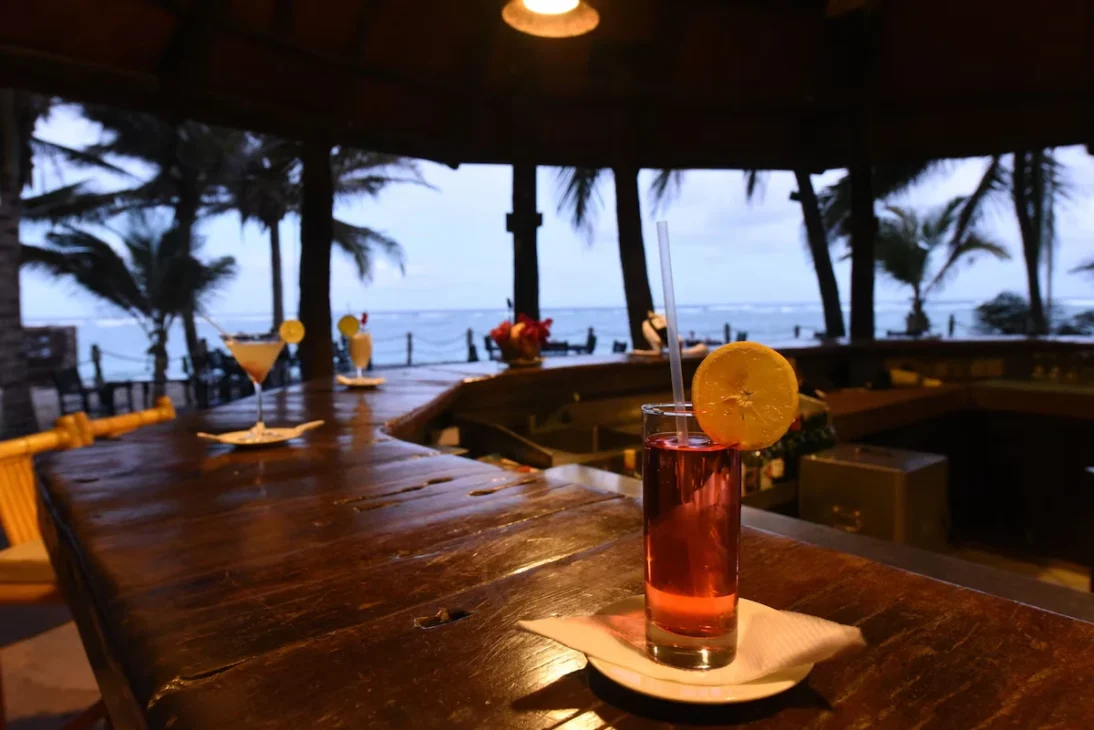
FAQ
What is the best time to visit Mombasa?
The best time for Mombasa travel is between July and October or January and March, when the weather is sunny, dry, and perfect for beach activities. The months of April to June can be quite rainy, though still warm.
Is Mombasa safe for solo travelers?
Yes, Mombasa is generally safe, especially in tourist-friendly areas like Nyali, Diani, and Bamburi. However, as with any destination, it’s wise to stay alert, avoid isolated areas at night, and use trusted transport options like Bolt or licensed taxis.
How do you get around in Mombasa?
Transportation options include tuk-tuks, boda bodas (motorbikes), taxis, and the Likoni Ferry for crossing between the island and the mainland. For short distances, tuk-tuks are affordable and fun; for longer trips, taxis or car hires are better.
What should I wear when visiting Mombasa?
Light, breathable clothing works best for Mombasa’s warm coastal weather. Since it’s a culturally diverse city with strong Swahili and Muslim influences, it’s respectful to dress modestly, especially when visiting local markets or religious sites.
What are some unique things to do in Mombasa beyond the beaches?
Beyond the beaches, travelers can explore Fort Jesus, visit Haller Park, enjoy local food at Royal Kizingu House, tour Old Town, or take a day trip to Wasini Island or Malindi for cultural and marine experiences.


